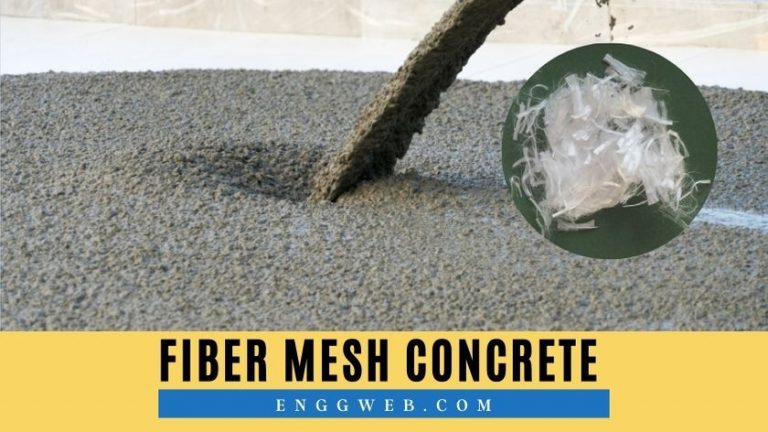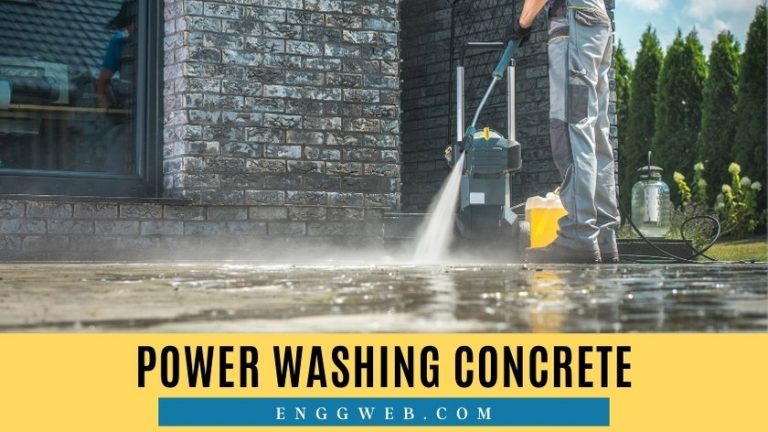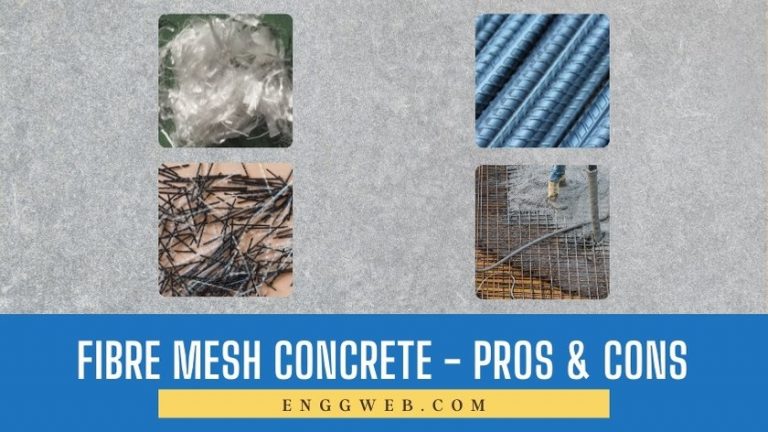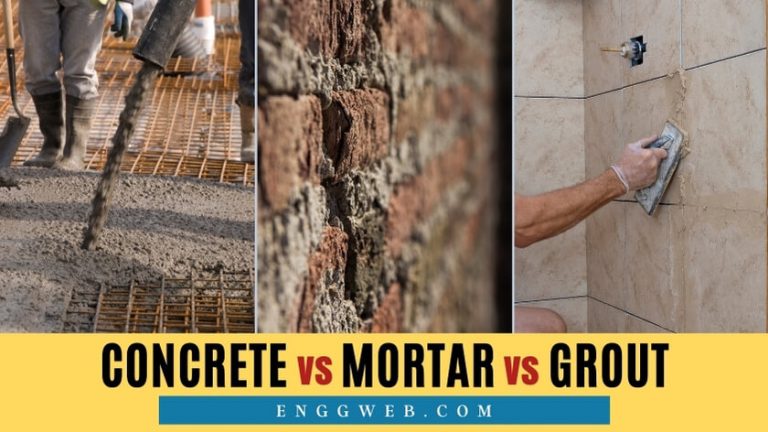Tarmac vs. Asphalt. Which is Best?
Asphalt and tarmac are widely used as surfaces for driveways, pavements, and roads. We also use their names interchangeably, but they’re not the same thing.
So, what’s the difference? And which is better? Let’s dive in and find out.
Contents
Difference Between Tarmac and Asphalt
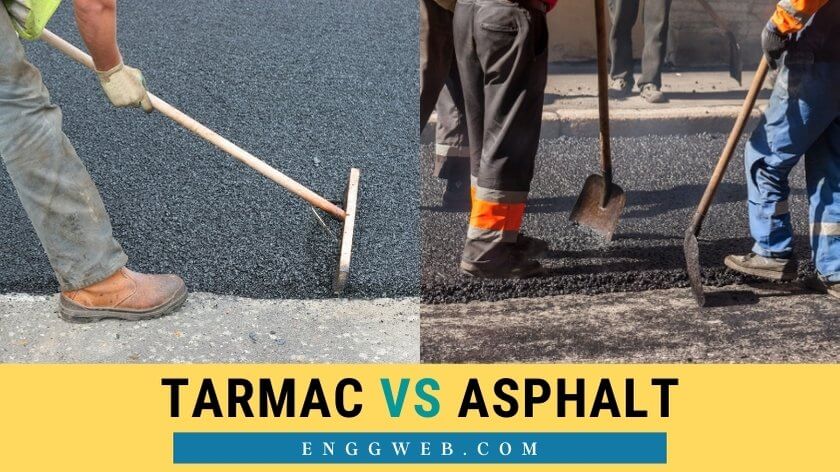
Is Tarmac the Same as Asphalt?
While asphalt and tarmac are commonly used for roads, pavements, and driveway surfaces, they are not the same. Tarmac is a mixture of tar and crushed stone that cures very fast. Whereas, Asphalt where bitumen and aggregates are mixed requires up to 2 days before it cures.
They mustn’t be confused with concrete or cement, either.
What is Tarmac?
Tarmac, properly known as tarmacadam, is a layer of crushed stone mixed with tar. This mixture is placed as a hot liquid and consolidated using a vibrating roller. It forms a smooth surface and is ready for use immediately after rolling.
Tarmac Driveway – Pros and Cons
Tarmac driveways are long-lasting and durable. Capable of sustaining heavy traffic, both in weight and volume, it won’t easily get damaged or cracked through wear. Tarmac is also weather-resistant, withstands extreme temperatures (both hot and cold) and extreme rain.
Installing tarmac driveways is a quick and easy process. It can also be installed onto existing surfaces and doesn’t need a full-depth bedding layer underneath. You could even lay tarmac over the existing tarmac.
To prolong the tarmac’s lifespan, a sealant is applied a year after installation.
Since tarmac doesn’t have a full-depth bedding layer underneath, it is prone to spot damage and indentations from heavy objects. These include heavy vehicles constantly parked in the same spot, car jacks, ladders, and other items that exert a point load. To avoid this, place a piece of plywood underneath the item to distribute the load more evenly. It is also more prone to damage from oil or diesel spills. For this reason, tarmac is often not used at car dealerships since the maintenance on this type of damage would be cost-prohibitive.
Tarmac cannot be reused. When tarmac reaches the end of its useful lifespan, it must be broken up and discarded. So, while it does have a long lifespan, it is not necessarily eco-friendly. It also requires larger aggregates than asphalt manufacture, making for a rougher surface. While this is usually fine, it does make for poorer tire grip than asphalt. In extreme cases, this would cause problems, rendering the surface less safe than asphalt.
How Long Will Tarmac Driveway Last?
Various factors influence the useful lifespan of tarmac driveways, including the amount of traffic your tarmac driveway handles, the prevailing weather conditions, and the general wear and tear the surface faces. Under ideal circumstances, tarmac driveways should last between twelve and twenty years.
What is Asphalt?
Asphalt is a mixture of crushed aggregate and bitumen, a petroleum by-product. Once installed, asphalt must set for two days, after which it is ready for use.
Asphalt Driveway Pros and Cons
Asphalt driveways are easy and inexpensive to maintain. In the unlikely event that a crack forms in your asphalt driveway, you can fix this using crack sealant products from the local hardware store. Alternatively, you could have professionals carry out the repair for you. Either way, it’s a quick and easy job. Best practice dictates that you clean asphalt driveways twice a year using a strong water hose and a stiff broom. Here, you will remove all debris and other dirt from the surface, prolonging its lifespan.
Asphalt requires a sealant that should be reapplied every two to five years, depending on the circumstances. Despite this, it requires very little maintenance.
Since asphalt is made from bitumen, it is flexible. This attribute renders it more resistant to damage from freeze-thaw cycles, which are common in cold climates. Bitumen is also more cost-effective than tar, rendering asphalt more economical than tarmac.
Asphalt is eco-friendly since it can be reused. For example, once an asphalt surface reaches the end of its useful lifespan, you could scrape it off and reprocess it. This reprocessed asphalt could then be used in new projects, rendering it highly eco-friendly.
When you need a smooth surface that offers a better tire grip than tarmac, asphalt is a good option. Since the aggregates used in asphalt construction are smaller than those used to produce tarmac, its surface is smoother and, by extension, safer.
How Long Will Asphalt Driveway Last?
Technically, asphalt can be used indefinitely, although a general rule of thumb for its useful lifespan is 20 years. The way your driveway is treated will determine how long it remains aesthetically pleasing, though. For example, heavy traffic and extreme weather conditions could cause cracks and dents in your driveway. While this makes it look bad, it doesn’t necessarily damage it beyond the point of being useful. So, the ultimate useful lifespan of your asphalt driveway really depends on how long you can live with it looking shoddy before replacing it.
Is Asphalt Cheaper Than Tarmac?
In short, it depends. Asphalt is generally more cost-effective than tarmac, provided that the project is large enough. For small applications, tarmac is cheaper than asphalt, while asphalt wins the cost battle on large projects. In terms of maintenance, tarmac is a fraction cheaper than asphalt. It doesn’t require a sealant and doesn’t necessarily require as frequent cleaning as asphalt.
In Closing
Tarmac and asphalt are both used to surface driveways, pavements, and roads, but they’re not the same. Tarmac is a mixture of aggregates and tar, while asphalt is a mixture of aggregates and bitumen. Tarmac is quick and easy to install but usually more expensive than asphalt. Asphalt is more environmentally friendly than tarmac since it can be broken up and reused at the end of its useful lifespan. Since asphalt surfaces are smoother than tarmac, they are safer to drive on due to better tire grip. Neither of these products requires much maintenance.



